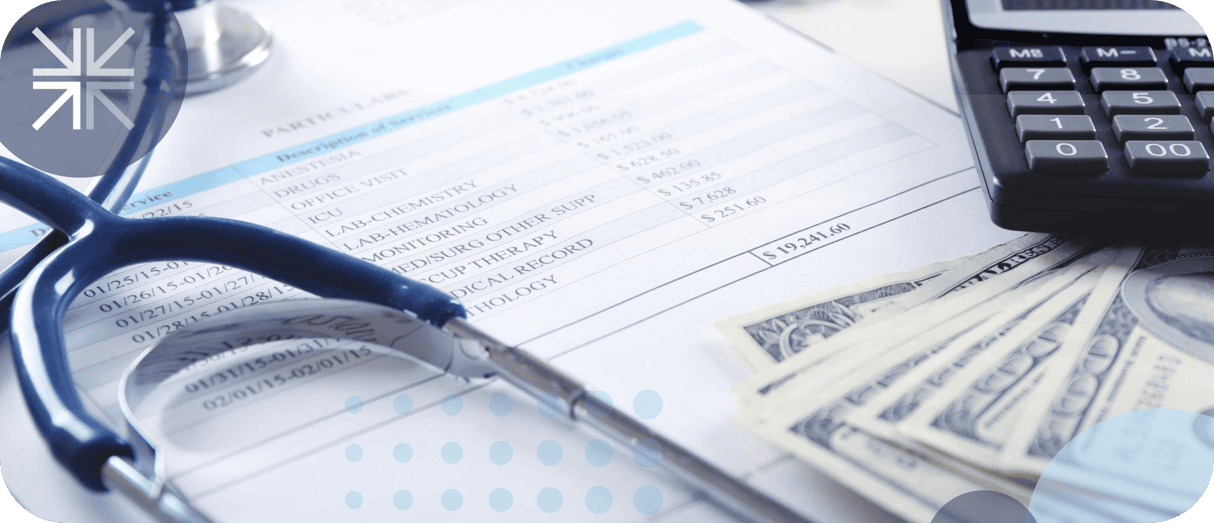
Navigating the medical billing process can be complex, involving various documents and steps. Two key documents in this process are the provider bill and the insurance Explanation of Benefits (EOB). Understanding these documents and how they relate to each other can help you manage your medical expenses more effectively, allowing you to confidently determine when to pay the amount due.
1) Issuance: After receiving medical services, your healthcare provider will generate a bill detailing the services rendered and their costs. This bill is often referred to as a "provider bill" or "patient statement."
2) Contents: The provider bill typically includes information such as the date of service, description of services provided, cost of each service, and the total amount due.
3) Submission: The provider sends the bill to you and/or your insurance company, depending on your coverage and billing arrangement.
4) Payment: You are responsible for paying the provider’s bill according to the terms agreed upon with your healthcare provider. This may involve paying the full amount or a portion of the bill, depending on your insurance coverage and any applicable deductibles, copayments, or coinsurance.
1) Issuance: After receiving the provider bill, your insurance company will generate an Explanation of Benefits (EOB), which is a statement that explains how your claim was processed.
2) Contents: The EOB includes details such as the date of service, the provider's name, the amount billed by the provider, the amount covered by your insurance, any discounts or adjustments, and the amount you may owe the provider.
3) Explanation: The EOB provides a breakdown of how your insurance company processed the claim, including any payments made to the provider, adjustments for in-network or out-of-network services, and any amounts that are your responsibility.
4) Review: It's important to carefully review the EOB to ensure that it accurately reflects the services you received, the amounts billed, and the payments made by your insurance company.
1) Comparison (Most Important!): Compare the provider bill with the EOB to ensure they match. If there are discrepancies, contact your insurance company or healthcare provider for clarification, and if necessary, request correction. Do not pay your provider bill until you receive an EOB from the insurance carrier that matches the final patient responsibility.
2) Payment Options: Once you've verified the accuracy of the bill, you can proceed with payment. You may have several payment options, including online payments, check, or payment plans, depending on your provider's policies.
3) Payment Responsibility: Pay any amounts indicated as your responsibility on the EOB. This may include deductibles, copayments, or coinsurance amounts.
4) Follow-Up: Keep copies of all bills, EOBs, and payment receipts for your records. Follow up with your insurance company or healthcare provider if you have any questions or concerns about the billing process.
Understanding the final review and payment procedures by using your provider bill and the insurance Explanation of Benefits can help you confidently determine and pay the amount you owe for services. Having this knowledge can help ensure your comprehension of your financial responsibilities, as well as help you manage your medical expenses appropriately and effectively.
